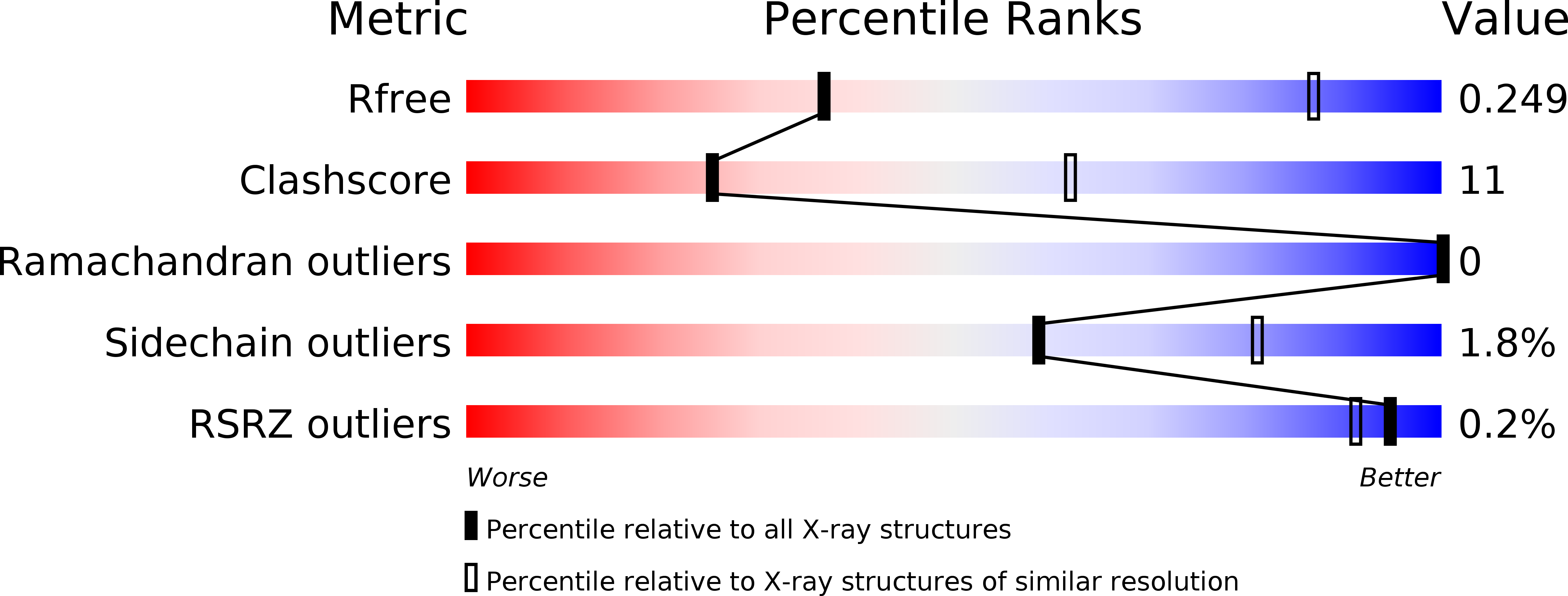
Deposition Date
2015-12-31
Release Date
2016-03-02
Last Version Date
2023-11-08
Entry Detail
PDB ID:
5B24
Keywords:
Title:
The crystal structure of the nucleosome containing cyclobutane pyrimidine dimer
Biological Source:
Source Organism:
Homo sapiens (Taxon ID: 9606)
Host Organism:
Method Details:
Experimental Method:
Resolution:
3.60 Å
R-Value Free:
0.24
R-Value Work:
0.20
R-Value Observed:
0.20
Space Group:
P 21 21 21


